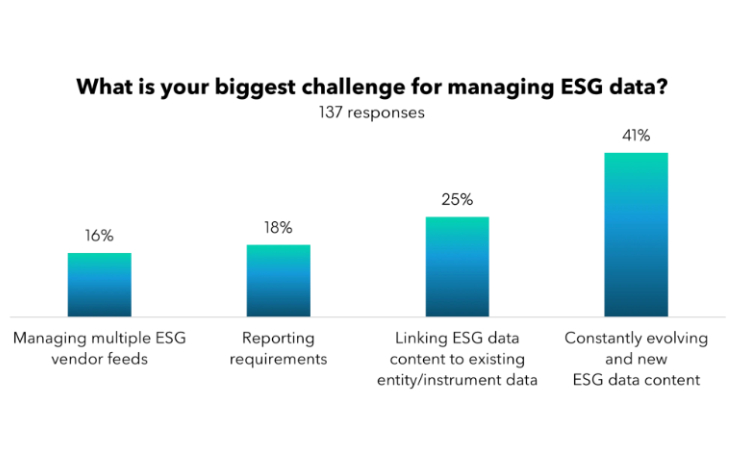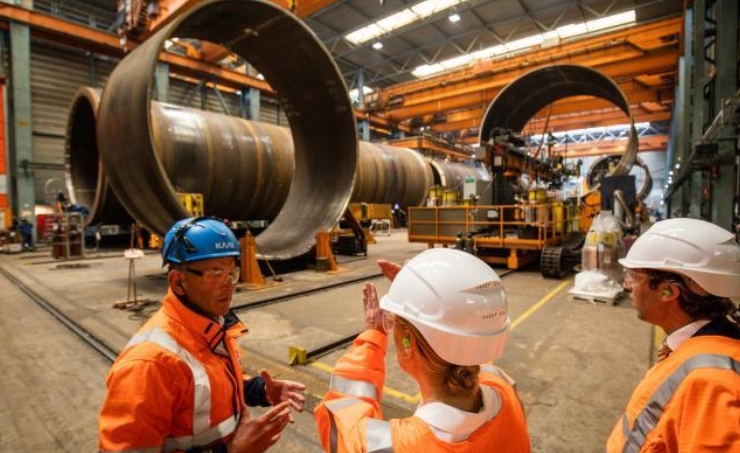Globalisation in its wake has ensured that each individual has several job opportunities to choose from. It entails every individual striving to get a job that enables them to realise their full potential, coupled with lucrative financial emoluments. It also means that an individual has become an essential and indispensable part of an organisation that endeavours to succeed in the cut-throat corporate world. For this to fructify, an organisation must ensure a conducive work environment for its employees.
Research and surveys conducted by Deloitte show that 94% of executives and 88% of employees believe a distinct corporate culture is significant to the success of a business. 76% of these employees thought a clearly defined business strategy helped create a positive culture. We can now gather how significant it is to understand the importance of and take appropriate measures to ensure a positive workplace culture prevails in an organisational setup.
Workplace Culture
Culture is simply a shared way of doing something with a passion.
– Brian Chesky, Co-Founder, CEO, Airbnb
An amalgamation of common values, belief systems, attitudes and norms shared by individuals is the hallmark of a positive and vibrant workplace. These attributes get shaped by an individual’s upbringing and social and cultural background.
In a workplace, the leadership’s strategic organisational directions and management hugely influence it. Wipro was recently recognised by Great Place to Work® India as one of India’s Best Workplaces for Women 2022 for its increased efforts and focus on diversifying its workforce in terms of gender and creating a culture that fosters equal opportunities for its employees. The culture espoused and nurtured in an organisation makes an enormous difference as it is a harbinger of productivity, employee flourishing, employer brand and business reputation, which also-
- Improves teamwork.
- Raises morale.
- Increases productivity and efficiency.
- Assists in retaining the workforce.
- Enhances job satisfaction, collaboration and work performance.
- Reduces stress.
Role of the Employees
An eclectic and diverse workforce could impede an organisation’s success story as it has its idiosyncrasies and set values and norms. While working together, this diversity is favourable to an organisation. It presents an opportunity to leverage the physical proximity of the employees to develop vital social bonds that can never be replaced by email, Zoom and Slack. The employees are the edifice on which a sound and positive work culture thrive, and they should-
- Interact with their team members.
- Share information, support their colleagues and appreciate their assistance.
- Guide colleagues, encourage them and make them feel comfortable.
- Work towards continuous professional development, training and seeking feedback.
- Volunteer for additional responsibilities.
Role of the Management
In addition to the employees, the management also plays a crucial role in fostering and forging a positive workplace culture, and once it permeates the echelons of an organisation, it ensures the employees feel connected to its culture. The benefits of this are manifold as an employee is-
- 3.7x as likely to be engaged at work.
- 5.2x as likely to recommend their organisation as a great place to work.
- 37% more likely to be thriving.
- 68% less likely to feel burned out at work always or very often.
- 55% less likely to be looking for a job.
Many companies like Ziebart International Corporation, a worldwide automotive appearance and protection services leader, have reaped the benefits of providing a positive workplace culture for its home office employees and were honoured consecutively for the second year in running this year. To ensure that a positive workplace culture gets ingrained in the organisation, the pervasive leadership should-
Advantages of Integrating ESG
Benefits accruing because of the roles played by employees and management are several and much needed. At the same time, we can not overlook the paramount role played by ESG in a company’s culture. As per the findings of PwC, 86% of workers want to work for companies that have similar values as they do. It is important to note that a clear ESG strategy and roadmap assumes immense significance because, according to PwC findings, 83% of consumers think companies should be actively shaping ESG best practices. It engages employees and attracts new talent leading to improved efficiency and compliance.
A positive workplace culture promotes a resilient workplace, with the human resources feeling valued and respected, and their contributions, while offering feedback or advice, are recognised. The cause gets further advanced by employees, leaders and an organisation that emphasises the crucial relationships and experiences that bond teams with each other.
References-
- https://www.forbes.com/sites/pragyaagarwaleurope/2018/08/29/how-to-create-a-positive-work-place-culture/?sh=5f92483d4272
- https://www.wipro.com/newsroom/press-releases/2022/wipro-recognised-among-indias-best-workplaces-for-women-2022-by-great-place-to-work/
- https://www.gallup.com/workplace/401576/dont-confuse-office-culture.aspx
- https://www.tylernet.com/blog/develop-a-positive-work-culture/
- https://www.prnewswire.com/news-releases/ziebart-international-corporation-named-a-winner-of-the-michigan-top-workplaces-2022-award-301684131.html
- https://www.forbes.com/sites/forbeshumanresourcescouncil/2022/06/29/the-abcs-of-integrating-esg-in-company-culture/?sh=5098604e69c
Images-
Contact us to discuss how your organisation can reduce ESG risks, create an effective ESG strategy, reduce their carbon footprint and better manage ESG risk in your supply chain.











